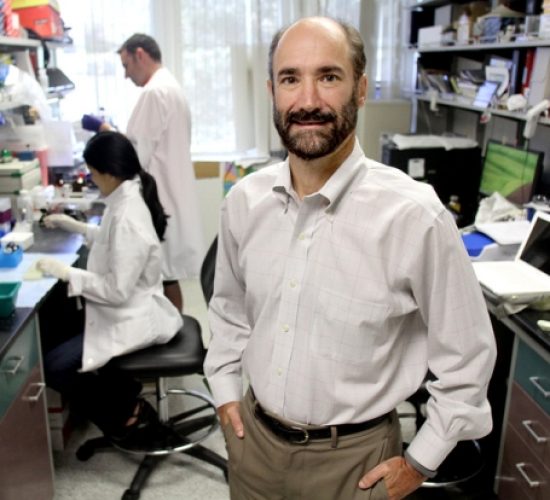Tick Boot Camp Podcast
Dr. Michael Snyder was featured on the Tick Boot Camp Podcast:
Background
Dr. Michael Snyder is a world-renowned geneticist who has dedicated his career to advancing our understanding of diseases and developing new treatments. He is the Stanford W. Ascherman Professor and Chair of Genetics at Stanford University, where he also directs the Center for Genomics and Personalized Medicine.
Lyme Disease Research
One of Dr. Snyder’s areas of research is Lyme disease, a serious illness that can cause long-lasting health problems if not treated early. Dr. Snyder’s work in Lyme disease research could result in new treatments and prevention strategies.
Lyme Wearable Sensor?
On a long flight to Norway for a family vacation in 2015, Snyder noticed changes in his heart rate and blood oxygen levels. As one of the 60 participants in his digital health study, he was wearing eight biosensors. From previous trips, Snyder knew that his oxygen levels normally dropped during airplane flights and that his heart rate increased at the beginning of a flight — as occurred in other participants. But the values typically returned to normal over the course of a long flight and after landing. This time, his numbers didn’t return to baseline. Something was up, and Snyder wasn’t completely surprised when he went on to develop a fever and other signs of illness.
Two weeks earlier, he’d been helping his brother build a fence in rural Massachusetts, so his biggest concern was that he might have been bitten by a tick and infected with Lyme disease. In Norway, Snyder persuaded a doctor to give him a prescription for doxycycline, an antibiotic known to combat Lyme disease. Subsequent tests confirmed that Snyder had indeed been infected with the Lyme microorganism.
Snyder was impressed that the wearable biosensors picked up the infection before he even knew he was sick. “Wearables helped make the initial diagnosis,” he said. Subsequent data analysis confirmed his suspicion that the deviations from normal heart rate and oxygen levels on the flight to Norway had indeed been quite abnormal. “The fact that you can pick up infections by monitoring before they happen is very provocative.”
Beyond Lyme
For Snyder, the Lyme diagnosis is just the tip of the iceberg — part of very early work to begin querying massive data sets of health information. The results of the current study raise the possibility of identifying inflammatory disease in individuals who may not even know they are getting sick. For example, in several participants, higher-than-normal readings for heart rate and skin temperature correlated with increased levels of C-reactive protein in blood tests. C-reactive protein is an immune system marker for inflammation and is often indicative of infection, autoimmune diseases, developing cardiovascular disease, or even cancer. Snyder’s own data revealed four separate bouts of illness and inflammation, including the Lyme disease infection and another that he was unaware of until he saw his sensor data and an increased level of C-reactive protein.
Looking Ahead
During a visit to the doctor, patients normally have their blood pressure and body temperature measured, but such data is typically collected only every year or two and often ignored unless the results are outside of the normal range for entire populations. But biomedical researchers envisage a future in which human health is monitored continuously.
“We have more sensors on our cars than we have on human beings,” said Snyder. In the future, he said, he expects the situation will be reversed and people will have more sensors than cars do. Already, consumers have purchased millions of wearable devices, including more than 50 million smartwatches and 20 million other fitness monitors. Most monitors are used to track activity, but they could easily be adjusted to more directly track health measures, Snyder said.
With a precision health approach, every person could know his or her normal baseline for dozens of measures. Automatic data analysis could spot patterns of outlier data points and flag the onset of ill health, providing an opportunity for intervention, prevention, or cure.






